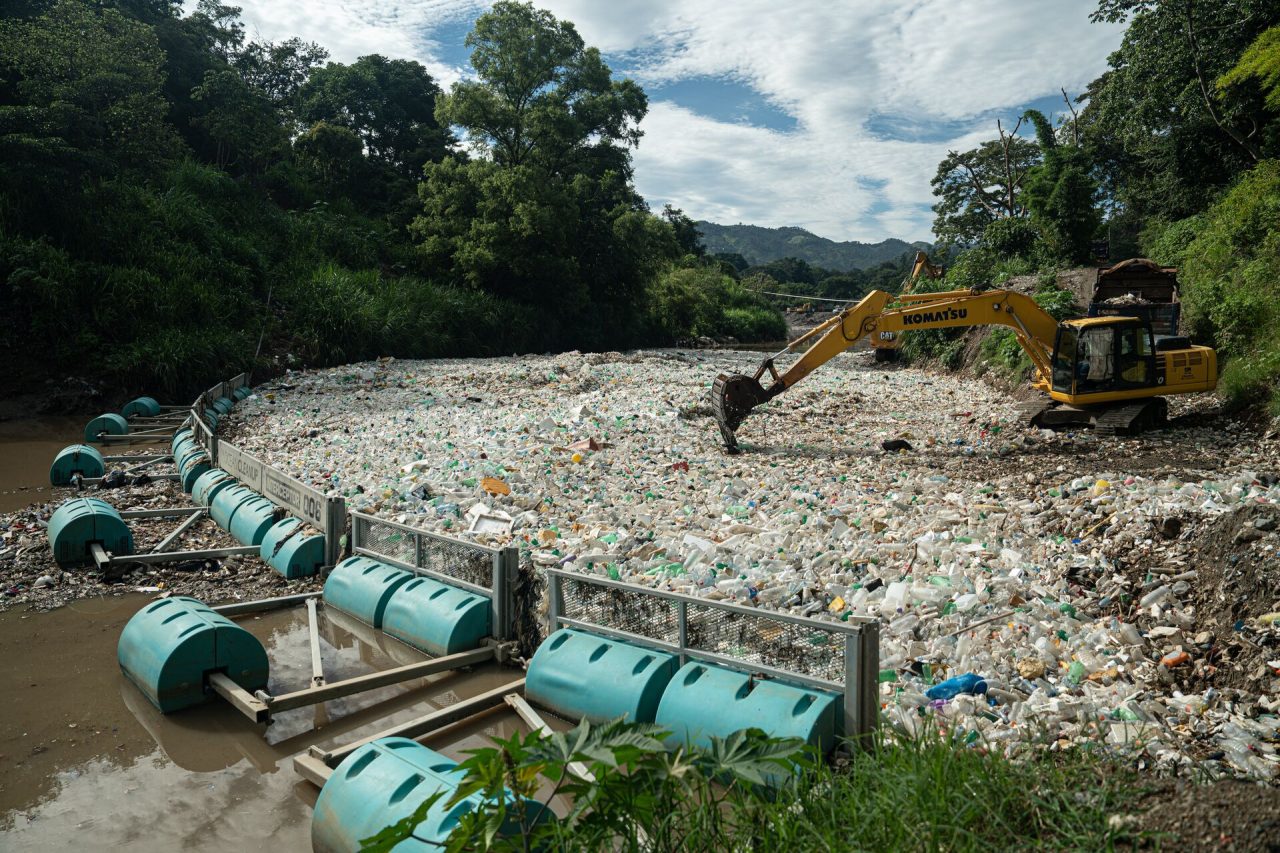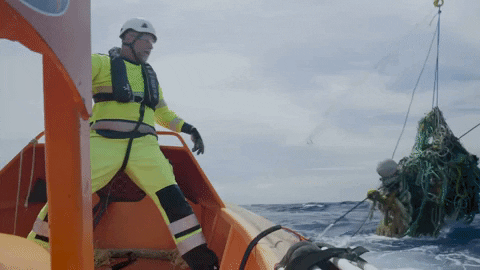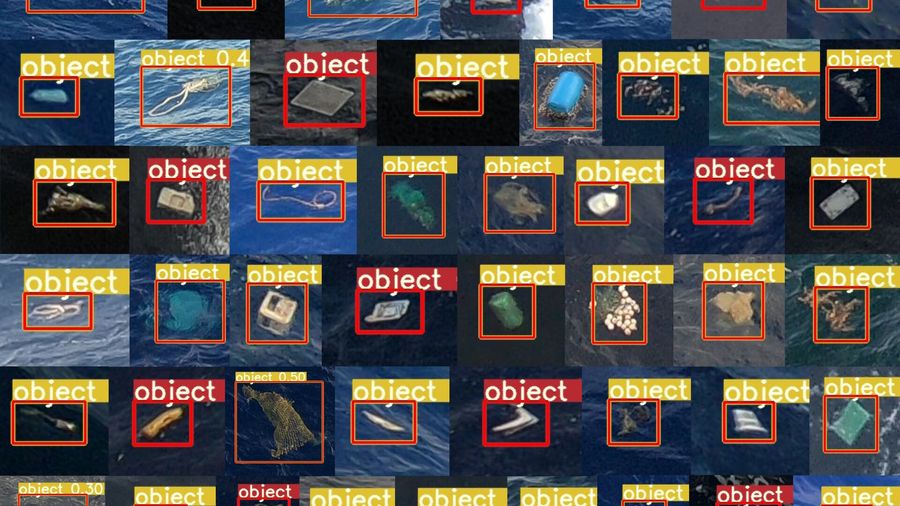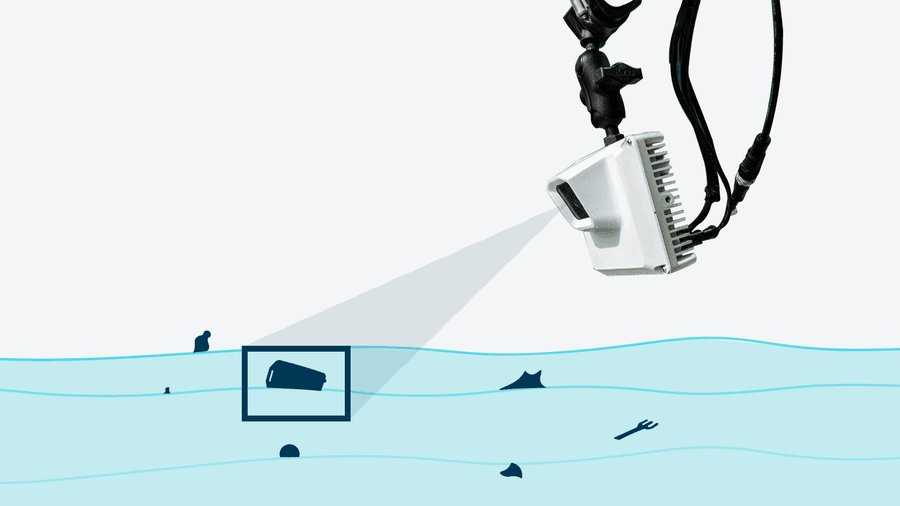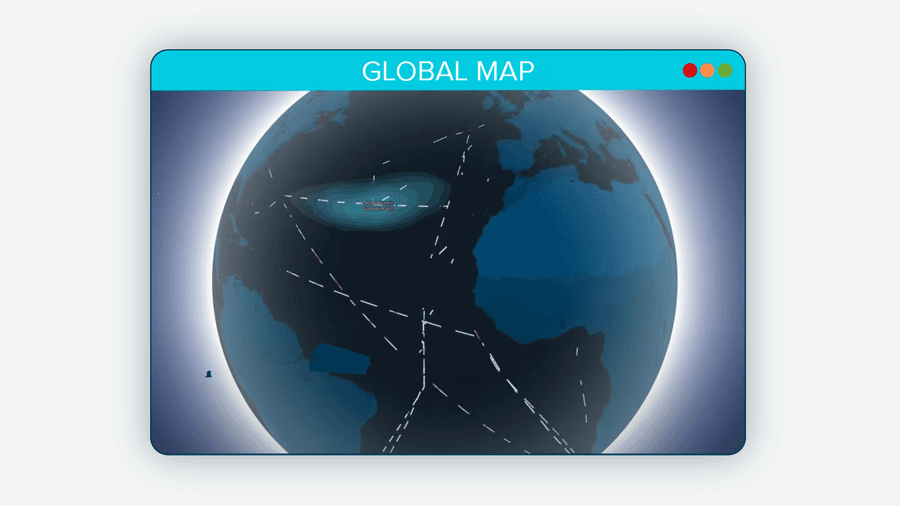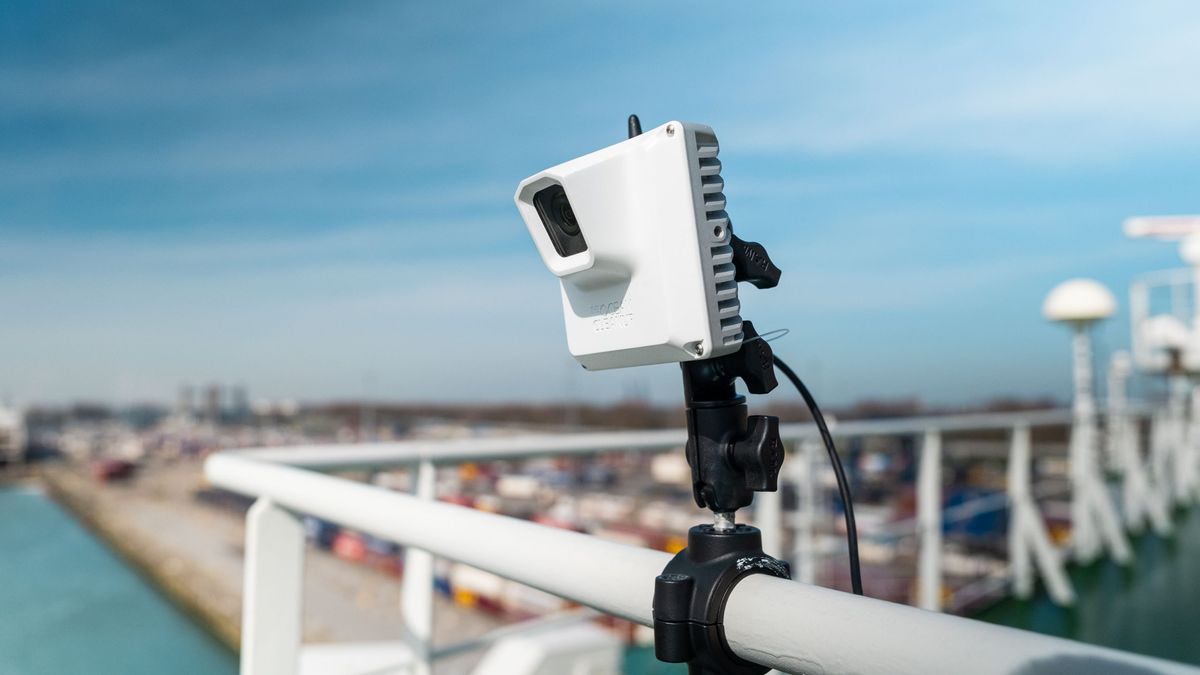
ADIS
understanding ocean plastic pollution
To solve the ocean plastic pollution problem, we must first understand its dimensions. Ocean plastic is widely spread, unevenly distributed, and constantly shifting. To succeed in cleaning the oceans, we require up-to-date information on where the plastic hotspots are to target our cleaning efforts. Our Automated Debris Imaging System (ADIS) uses AI-powered cameras that collect surface imagery. This real-time processing is possible thanks to the recent developments in embedded AI and has been developed in close collaboration with Au-zone Technologies.
ADIS has been endorsed as an official Action under the United Nations Decade of Ocean Science for Sustainable Development, addressing challenges 1, , 8 , and 9 .
-
Systematic OCEAN PLASTIC monitoring
Automated debris detection using sea surface imagery and artificial intelligence to continuously and accurately monitor plastic pollution at sea
-
AFFORDABLE & SCALABLE GLOBAL OBSERVATORY
Low-cost fleet of smart cameras deployed on vessels to provide a digital representation of plastic pollution
-
SUPPORT CLEANUP & MITIGATION POLICIES
Detection of hotspots of pollution to maximize cleanup operations and understanding of trends to monitor success of international mitigation measures
help us map ocean plastic pollution
To fulfill its purpose, ADIS needs to collect much as possible, and nothing sees more of the ocean than ships. With ADIS on board, vessels have become part of a massive research network, helping to expand global coverage of plastic pollution studies.
Hyundai Glovis has been supporting global ADIS deployments since 2023 as a core element of our partnership. We are looking for more vessels to expand our reach even further. ADIS is easy to install, maintain, and works autonomously without manual inputs required.
We are looking for you! ADIS only requires the following:
- An onboard power connection of at least 6 watts
- An installation location at least eight meters above sea level
- Mainly open ocean journeys
We would love to join forces with you to map ocean plastic pollution.
Scientific Publications
-
Quantifying Floating Plastic Debris at Sea Using Vessel-Based Optical Data and Artificial Intelligence
August 2021, article in peer-reviewed journal
Remote Sensing
